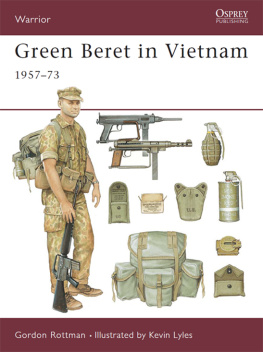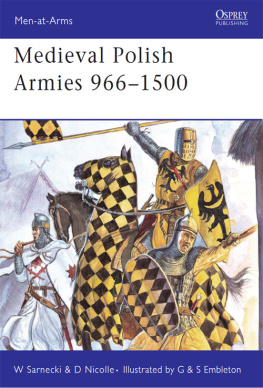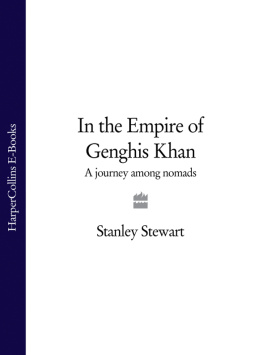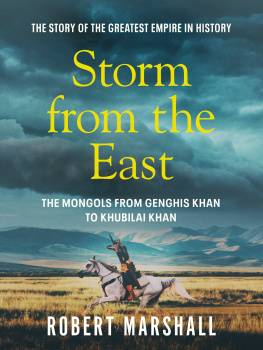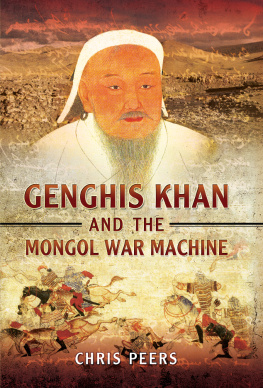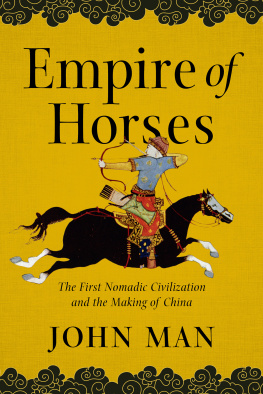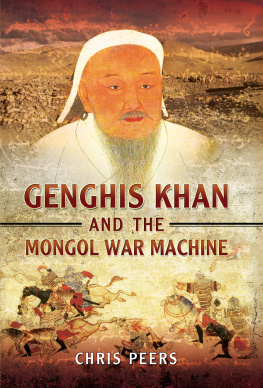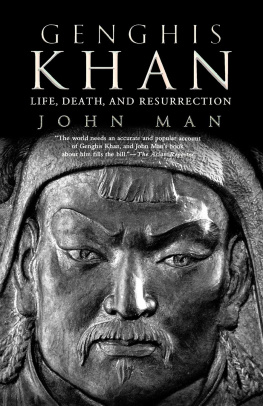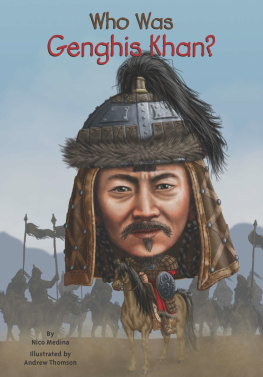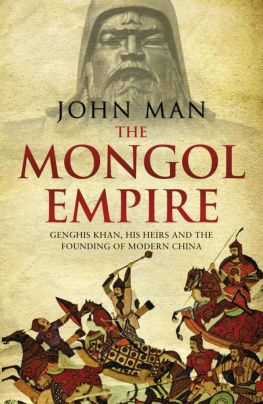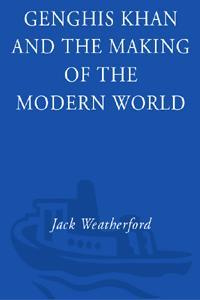ELITE 30
ATTILA AND THE NOMAD HORDES

DAVID NICOLLE PhD ILLUSTRATED BY ANGUS McBRIDE
CONTENTS
ATTILA AND THE NOMAD HORDES
INTRODUCTION
Of all the conquerors who swept out of Central Asia, two names stand out in European memory Attila the Hun and Genghis Khan the Mongol. Both are remembered for massacres and devastation; yet whereas Genghis is also famous for the laws he imposed on half of Asia and for the trade which flourished under Mongol rule, Attila's notoriety seems unrelieved by positive achievements. But what was Attila's short-lived empire really like? What happened to the Huns afterwards, and what rle did the nomads of Central Asia play in the centuries between Attila and Genghis Khan?
The serpent beneath a Roman Emperor's foot on this gold coin may be the only contemporary 'portrait' of Attila. Minted under the co-Emperors Valentinian III and Marcian, it is believed to commemorate Roman victories over the Huns. (British Mus., C.191BT.9, London)
During the murky years before Attila's reign the Huns may have jostled the Goths, Vandals and other Germanics into the so-called Great Migrations, which in turn eventually destroyed half the Roman Empire. Around AD 445 Attila won the leadership of a confederacy of tribes and from then on the Huns grew from a barbarian nuisance into a deadly peril for the Romans. In 451, however, Attila's invasion of northern France ended in defeat, and two years later he died. His empire was divided between quarrelling sons and collapsed almost without trace. Yet from this unpromising record arose legends which made Attila the Hun into one of the fiercest ogres of European history.
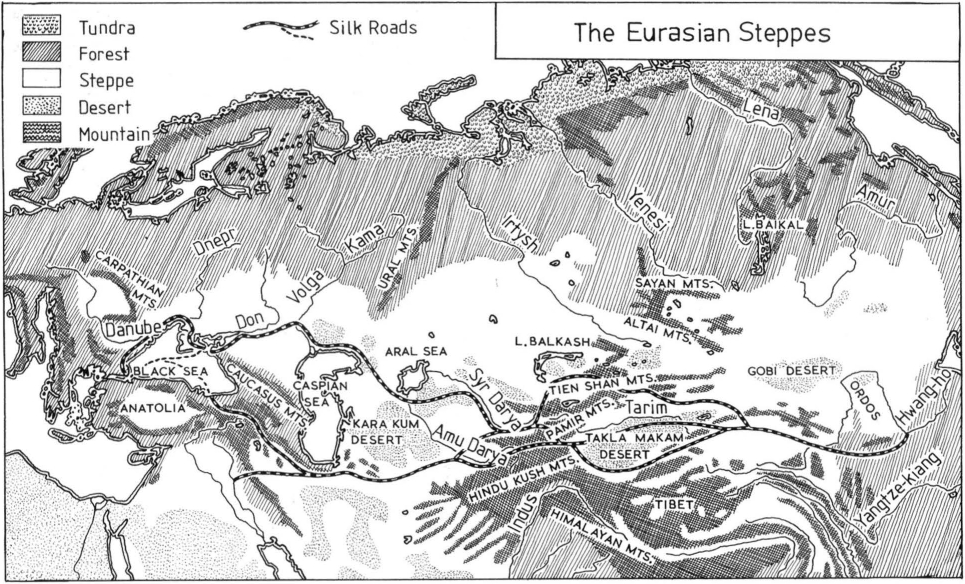
Attila did use theatrical rages to inspire fear, while his campaigns show ruthlessness as well as strategic skill. Like Genghis Khan, Attila clung to the simple life of his ancestors despite vast wealth. Like Genghis he frequently preferred political manoeuvre to open battle and, despite the reports of Roman and Greek chroniclers, was no mere savage. Nor was he a 'divine ruler' to his own tribesmen, merely a great warrior-leader who, on his death, was buried with simple Turco-Mongol ceremony. The Huns also had their own culture which, though alien to the Classical world, was neither barbarous nor any more cruel than that of the Roman Empire. Attila's greatest crime was to be different, in physical appearance, cultural background and attitude towards urban civilisation. Even these differences seem to have been exaggerated, for by the time Attila built his empire the Huns were no longer simply steppe nomads.
It was Attila's foes who raised him to the status of an alien monster. Roman coins portrayed the Huns as a demonic human-headed serpentthe ancient symbol of those irrational giants who once fought Zeus. Other monuments to the defeat of the feared Hun might be a series of crude Roman carvings in eastern France. Yet the greatest memorial must be Attila's rle as the wicked Etzel in the medieval German epic poem The Niebelungenlied which inspired Wagner's overblown operatic cycle of The Ring.
CHRONOLOGY
(See also MAA 105 The Mongols, MAA 125 The Armies of Islam 7th-11th Centuries, MAA 171 Saladin and the Saracens, MAA 175 Rome's Enemies (3): Parthians and Sassanid Persians, MAA 195 Hungary and the fall of Eastern Europe 1000-1568 and Elite 19 The Crusades).
(Central Asian peoples shown in italics)
| 220 | Fall of Chinese Han dynasty; China under fragmented local dynasties. |
304-15
| Hsiung-nu invade China. |
| Capital of Roman Empire moved to Constantinople (Istanbul). |
| c.350 | Huns invade Iran and India. |
| c.370 | 'Black' Huns overrun Alans north of Black Sea. |
402-10
| Unification of Juan-Juan along north Chinese frontier. |
443-47
| 'Black' Huns invade Thrace and Greece. |
| Attila becomes sole ruler of 'Black' Huns . |
| 'Black' Huns cross Danube, invade Eastern Roman Empire. |
| 451 | Defeat of Attila by Western Romans and allies at battle of Catalaunian Fields. |
| Death of Attila, collapse of 'Black' Hun Empire in Europe. |
| End of Western Roman Empire. |
| Hephthalite 'White Huns' destroy Gupta Empire of India. |
| Hephthalite 'White Huns' kill Sassanian Emperor of Iran. |
| Establishment of Gk 'Blue' Turkish state in Central Asia. |
| 558-70 | Avars enter Europe, establish state in Hungary. |
| Gk 'Blue' Turks and Sassanian Iranians destroy Hephthalite 'White' Hun state and divide Transoxania - eastern Iran between them. |
| c.585 | Gk 'Blue' Turkish state divided into Eastern Turkish and Western Turkish Khanates. |
| Avars defeated by Byzantines (Eastern Romans). |
| Sui dynasty overthrown by T'ang dynasty in China. |
| Avar -Sassanian alliance besieges Constantinople. |
636-51
| Muslim Arabs conquer Sassanian Iran. |
| Chinese power reaches greatest extent in Central Asia. |
| Tibetans expand into Central Asia. |
| Bulgars cross Danube, found state of Bulgaria. |
| Consolidation of Arab Muslim power in Transoxania. |
| Destruction of Eastern Turkish Khanate. |
| Establishment of Uighur Empire in Central Asia. |
| Muslim Arabs defeat T'ang Chinese at battle of Talas. |
| Collapse of T'ang Chinese authority in Central Asia. |
| Collapse of Avar state in Central Europe. |
| Bulgars defeat Byzantines at Adrianople (Edirne). |
| Uighur Empire overthrown by Kirghiz . |
| 840-42 | Collapse of central authority in Tibet, disintegration of Tibetan Empire in Central Asia. |
| Bulgarians and Serbians converted to Christianity. |
| Magyars cross Carpathians into Hungary. |
| 907-960 | China fragmented under 'Five Dynasties'. |
| First Pecheneg raids into Russia. |
| Foundation of Khitai state in Mongolia. |
| Unification of Volga Bulgars . |
| Khitai overrun northern China. |
| Magyars defeated by German Empire at battle of Lech. |
| 965-67 | Prince Svyatoslav of Kiev breaks power of Khazar Empire. |
| China largely reunited under Sung dynasty. |
| Muslim Karakhanids seize Transoxania. |
1018
|

